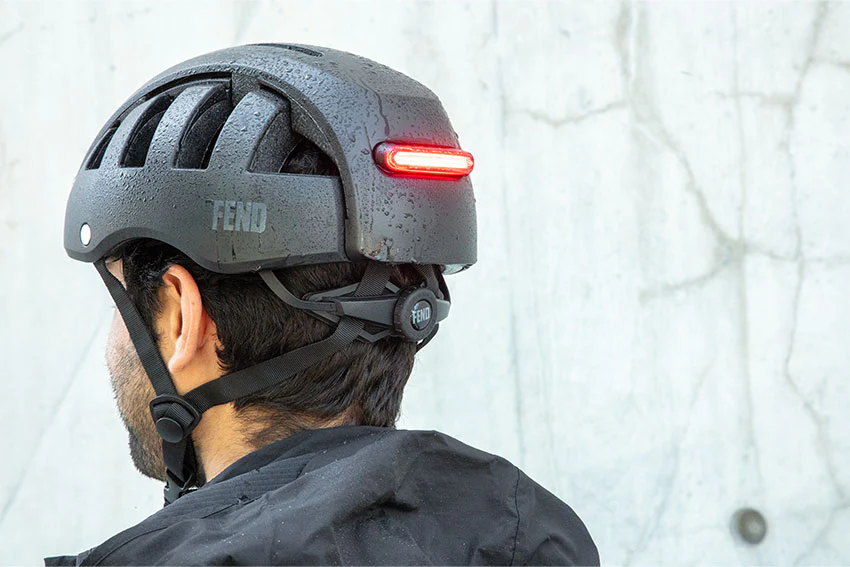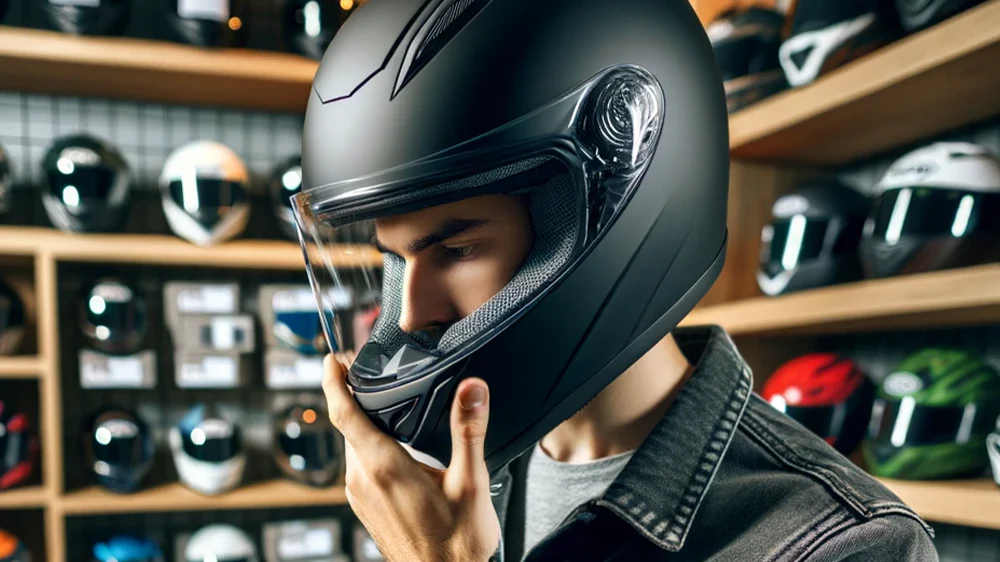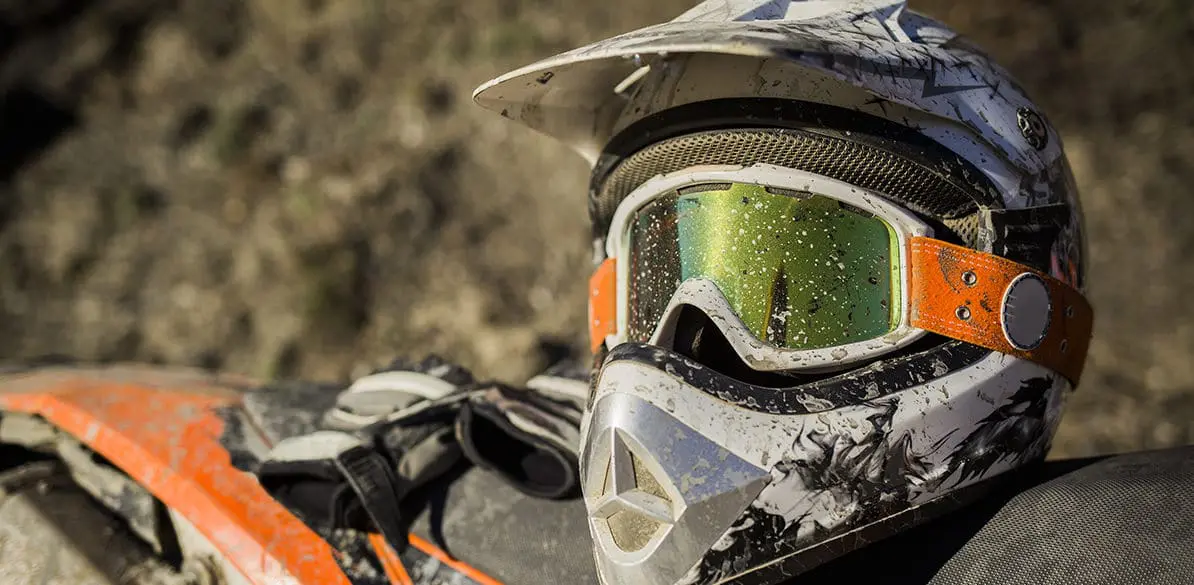When it comes to wearing a helmet, whether for cycling, motorcycling, or any other activity, helmet fit is crucial. A properly fitted helmet plays a vital role in ensuring your safety, offering the protection your head needs during an impact. If a helmet doesn’t fit correctly, it may not provide the full level of protection it’s designed for. Ensuring your helmet fits well is an essential step in reducing the risk of head injuries.
Why Helmet Fit Matters
A helmet’s primary job is to protect your head during an impact, and its ability to do this depends largely on how well it fits. If your helmet is too loose, it may not stay in place during a crash, reducing its effectiveness. On the other hand, a helmet that is too tight can be uncomfortable and may cause discomfort or even pain during use, which could lead to distractions or a refusal to wear it altogether.
The Risks of a Poor Fit
A poor helmet fit can lead to serious consequences. Here’s why:
-
Lack of Protection: A helmet that doesn’t fit properly can shift or come off during an impact. This means it may not protect the areas of your head that need it most, such as your skull and brain.
-
Discomfort: If a helmet is too tight, it can cause headaches and sore spots. If it’s too loose, it can create friction, leading to discomfort during extended use.
-
Distraction: An uncomfortable helmet may distract you while riding or performing activities, making it harder to focus on what you’re doing. Discomfort from a poor fit could also encourage you to remove the helmet entirely, leaving you unprotected.
How to Ensure a Proper Helmet Fit
To ensure your helmet fits correctly, follow these simple guidelines:
-
Measure Your Head: Before purchasing a helmet, measure the circumference of your head about one inch above your eyebrows. Use this measurement to select a helmet that corresponds to your head size.
-
Adjust the Straps: Helmets typically come with adjustable straps to ensure a snug fit. Once the helmet is on your head, adjust the straps so the helmet sits securely, without sliding or shifting. The chin strap should be tight enough that you can only fit one or two fingers between the strap and your chin.
-
Check the Positioning: The helmet should sit level on your head, not tilted backward or forward. The front of the helmet should sit about one inch above your eyebrows to provide full coverage.
-
Comfort and Padding: Ensure that the interior padding fits snugly against your head without causing pressure points. Many helmets come with removable liners that can be adjusted or replaced to fit your comfort level.
Regularly Check the Fit
As you use your helmet, the interior padding may wear down, or the straps may stretch, which could affect the fit. Regularly check the helmet’s fit and make any necessary adjustments. Also, helmets have a lifespan, and it’s important to replace them after a certain number of years or if they’ve been involved in an accident.
Conclusion
The right helmet fit is crucial for ensuring the safety and comfort of the wearer. A well-fitting helmet can significantly reduce the risk of head injuries, while a poor fit can leave you vulnerable. Take the time to select a helmet that fits properly, and don’t hesitate to make adjustments as needed. Protecting your head should always be a top priority.









